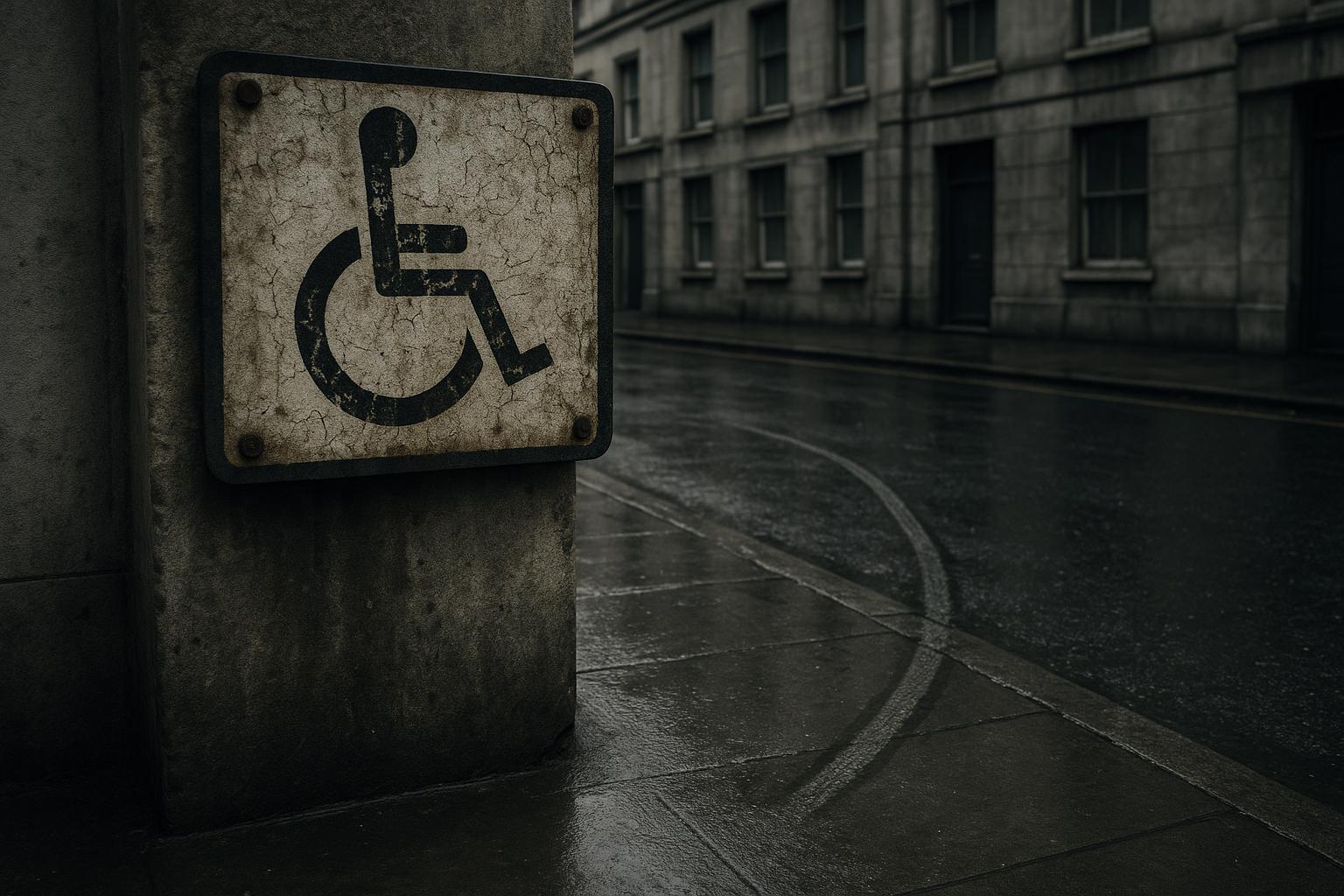Navigating through London’s busy Finsbury Park station in an electric wheelchair, Alex Taylor was abruptly confronted by a group of men who used TikTok’s “tongue-out” trend to mock him in a hostile and targeted way. The men, seemingly in their early 20s, stood inches from Taylor’s face, sticking out their tongues and wearing vacant expressions as one filmed the interaction. When Taylor pursued them to demand the deletion of the video, they fled, laughing. The incident left Taylor feeling vulnerable and angry, particularly because bystanders did not intervene despite being nearby in the crowded passageway.
This episode is part of a disturbing surge in hate-driven harassment linked to social media trends adapting online pranks to real-world cruelty, especially targeting disabled individuals. Taylor, who previously experienced similar harassment from schoolchildren imitating a disabled character from the show South Park on TikTok, highlighted how such online trends have been repurposed to weaponize disability mockery. The men’s intention appeared to be to provoke a reaction for viral content, fitting into what experts describe as “ragebait” , online content designed to generate strong, often negative emotional responses for engagement. According to Ciaran O’Connor from the Institute for Strategic Dialogue, these confrontations are a growing concern exacerbated by social media algorithms that prioritise shocking content over empathy.
TikTok’s original “tongue-out” prank, popularised by influencers like Pink Cardigan in the US, was initially a mildly annoying but not inherently hostile joke where participants would make silly faces at strangers and capture their confused reactions. However, the hijacking of this trend to demean disabled people is a chilling evolution, transforming social media clout-chasing into an act of public abuse. While TikTok maintains its community guidelines bar hate speech and discrimination, incidents like Taylor’s show how carefully monitored policies can still be circumvented by subtle forms of intimidation without explicit hateful language.
The challenge of tackling such targeted abuse is compounded by the widespread reluctance of victims to report incidents. UK government data reveals that hate crimes overall have surged recently, especially racial and religious crimes, while recorded disability hate crimes declined slightly in 2025. Disability charities, however, warn this decrease masks the reality of persistent hostility paired with low reporting rates. Ali Gunn from the charity United Response noted that only about 30% of disabled victims report crimes, and public order offences involving disability hate crime have some of the lowest conviction rates. Taylor’s experience with law enforcement mirrored these difficulties; initially, his case was dismissed due to lack of audio evidence and absence of explicit ableist language until he insisted on a closer review of CCTV footage. Transport for London (TfL) subsequently apologised for the incident and pledged to improve reporting mechanisms and awareness.
The broader transport context shows an alarming rise in hate crime reports on TfL services , increasing by almost 40% between 2022/23 and 2024/25 , highlighting the urgency of addressing harassment in public spaces. High-profile cases like comedian Rosie Jones being attacked with a wine bottle during an ableist and homophobic assault while travelling reaffirm the ongoing risks disabled people face. TfL’s recent “Act Like A Friend” campaign seeks to encourage bystanders to actively support victims by engaging with them, countering the common hesitancy to intervene witnessed by Taylor during his ordeal.
This incident in London occurs amid wider legislative and social efforts to confront hate crime more vigorously. In Scotland, a new hate crime law introduced earlier this year has already resulted in thousands of online reports targeting various protected groups, signalling both heightened awareness and challenges for law enforcement resources. Nevertheless, enforcement gaps and public unwillingness to report or intervene remain significant barriers.
While social media platforms like TikTok can also be spaces of positive representation, as seen with creators like Houston Vandergriff, a photographer with Down syndrome who celebrates achievements and challenges stereotypes, there is a stark contrast with the viral spread of online-driven harassment. Disability hate crime, increasingly visible yet under-reported, underscores the complex interface between digital culture and real-world prejudice.
Taylor’s ordeal serves as a powerful reminder of the urgent need for societal change, recognising that disabled individuals face persistent hostility amplified by online trends. It calls for enhanced legal protection, better policing responses, public education to reduce stigma, and greater willingness among bystanders to act. Only through these concerted efforts can the cycle of mockery and silence be broken, making public spaces genuinely safe and inclusive for everyone.
📌 Reference Map:
- [1] (BBC News) - Paragraphs 1, 2, 4, 5, 6, 7, 8, 9
- [2] (AOL) - Paragraphs 1, 2
- [3] (Reuters) - Paragraph 7
- [5] (Newsweek) - Paragraph 8
- [6] (YouTube/Channel 4 News) - Paragraph 7
Source: Noah Wire Services
